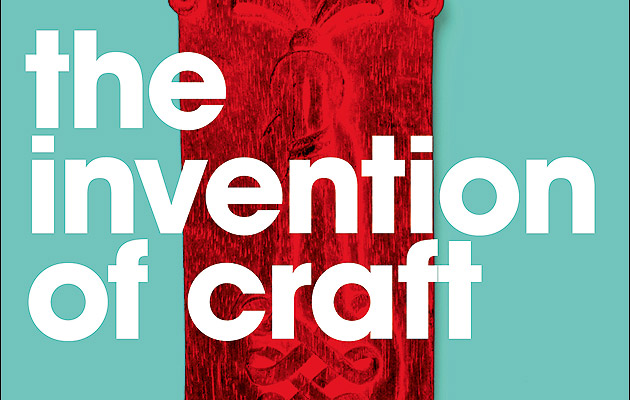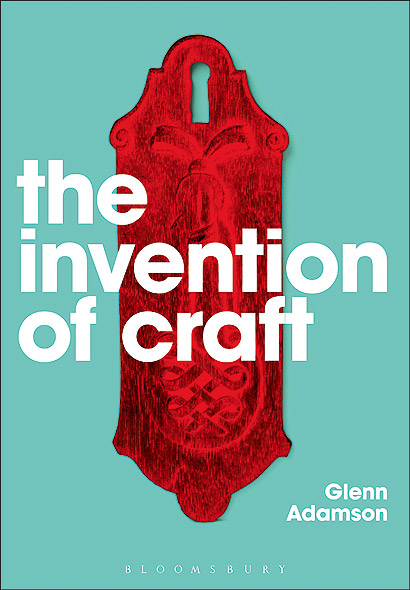|
|
||
|
Glenn Adamson’s latest book about craft may win over even the staunchest of crafts-haters, says craft-sceptic Edwin Heathcote I find craft pretty uninteresting. I dislike the worthiness of craft shows, the obligation to be impressed that these ugly things took a lot of time and skill to make. Craft occupies a curious territory between design art and ethnography – a kind of curatorial hole. But Glenn Adamson, a curator at the V&A in London, who I think is the best writer on craft since Peter Dormer, is able to convince even a sceptic like me that craft is not only alive, but that it is vital. And interesting. This book is ostensibly Adamson’s follow-up to Thinking Through Craft (2007) but there’s no compulsion to have read the earlier volume. Adamson’s contention is that the modern idea of craft emerged during the industrial revolution and, far from being the humane opposite of mechanised production, it is inseparable from it. Adamson understands that much of industry has been craft-based. Whether it is model-makers creating original forms for production, polishers hand-finishing tubular door handles or turners making table legs, craft has been at the heart of production. The image industry propagates is of an entirely mechanised process of production. This is rarely the case, and Adamson outlines the myriad contributions of craft to industry. Craft is, he argues, an industrial age invention. It emerged as the necessary “other” to industry and was created and developed alongside it. It was never an equal relationship – craftspeople were relegated to an inferior position even though without them most products of industry would have been impossible. He uses as an example the “bodgers”: turners making table legs in their backyard workshops, paid on a piecework basis – and poorly. The history of craft has been portrayed as one of decline during the industrial age and revival as that age has waned, but Adamson suggests that the height of the industrial era was also the high-point for crafts. He points to the saddle makers, coach-builders, clock and watchmakers, printers, tool makers, pattern makers, shoemakers and tailors, whose livings were made by the wealth created from the huge profits of industry and the desire of the emerging bourgeoisie to consume and display those riches. Adamson also raises the intriguing notion of craft being virtually “invented” by colonisers who were keen to frame local crafts as the delightful products of cultures that had become trapped in time, unable to move on like their own dynamic, progressive cultures. The authenticity ascribed to the exotic crafts of traditional cultures are therefore put down to “Eurocentric mechanisms of domination”. Craft is positioned as backward, but it is also deemed inferior because of its basis in manual, mechanical skill, something retained from the past. From automata and unpickable locks to Alexander McQueen and Joris Laarman, Adamson covers not only the territory but also the history of craft. He has interesting things to say about 3D printing, as well as the reintroduction and reframing of craft in the digital age. (Sam Durant’s monoblock plastic chairs remade in ceramic by Chinese craftsmen, for example, and Geoffrey Mann’s Shine candelabrum, which takes its spikiness from a machine’s inability to scan reflective metal.) Adamson has been writing about craft for a long time and craft has recently been having a bit of a moment; Richard Sennett and Juhani Pallasmaa have written eloquently and at length about the subject. This book stands up beside anything on craft I have read so far. From the politics of labour to the intricacies of lacemaking, this is a superb book that covers a huge territory and is stuffed full of ideas and unexpected associations. If, like me, you think you’re not really interested in craft, you may be surprised.
The Invention of Craft by Glenn Adamson, Bloomsbury, £16.99 |
Words Edwin Heatcote |
|
|
||




















